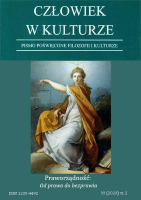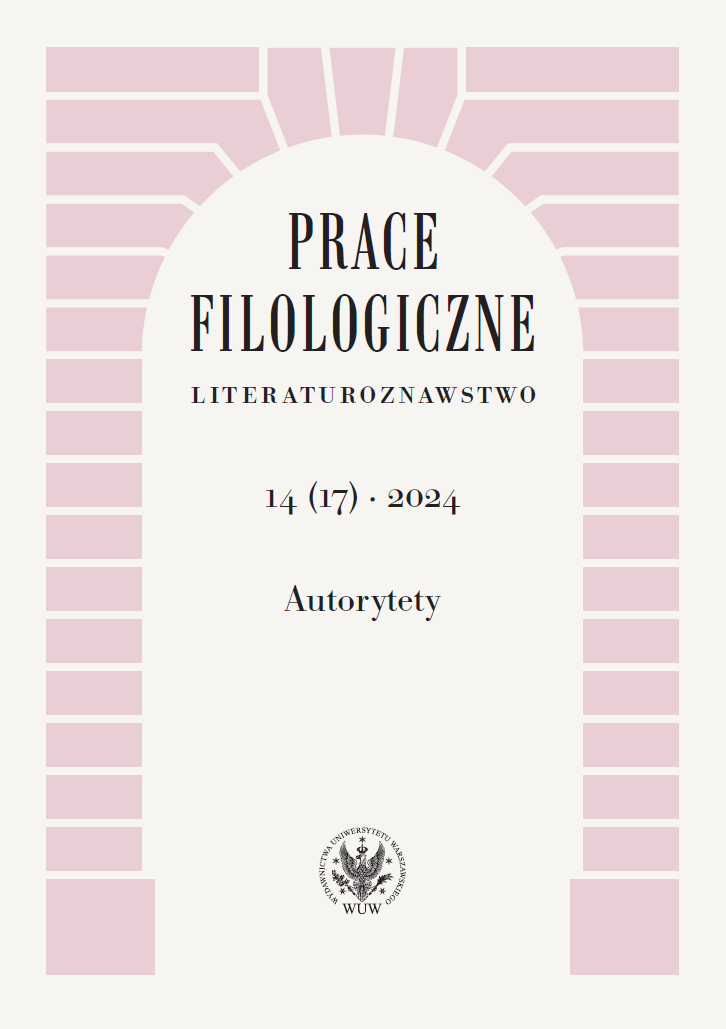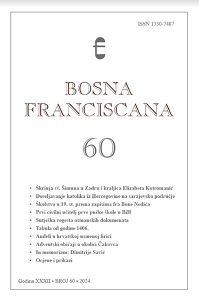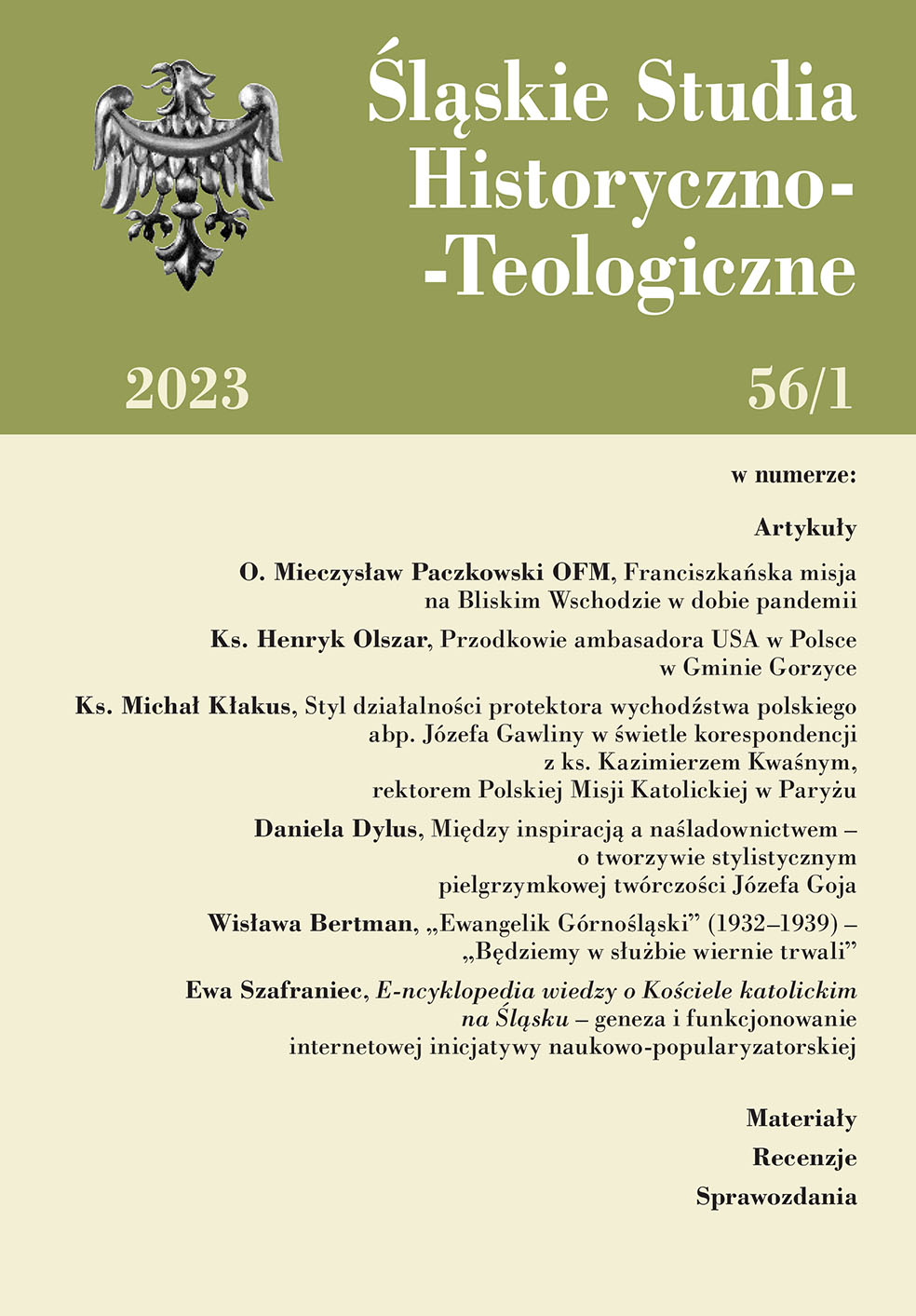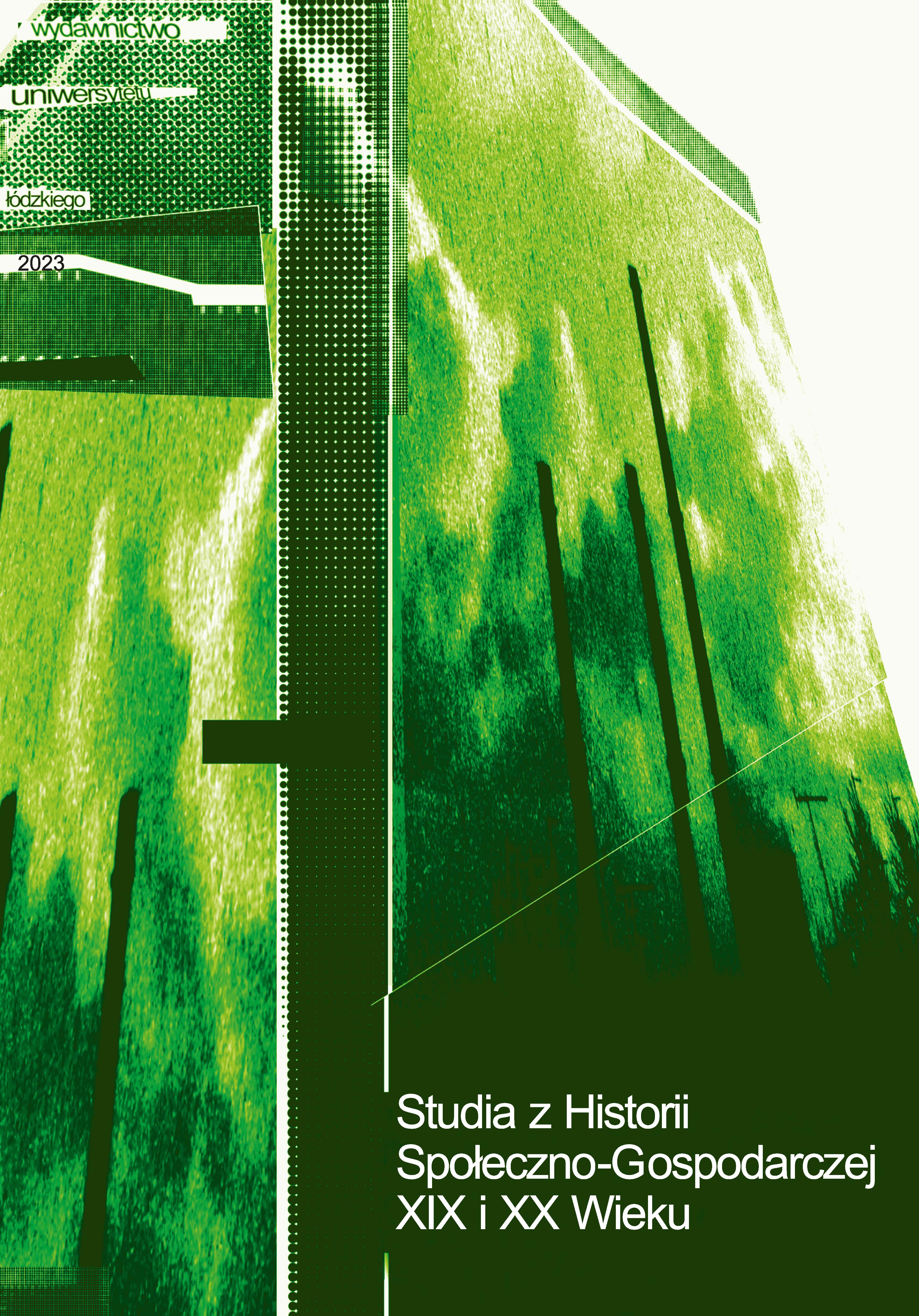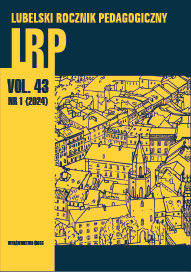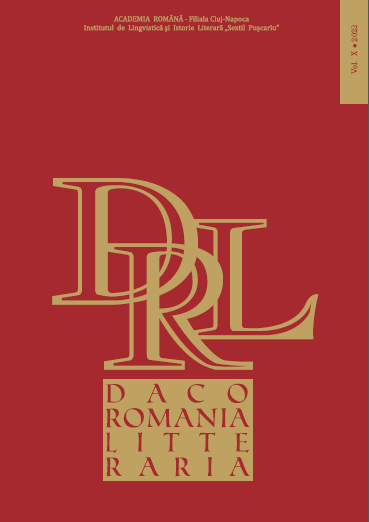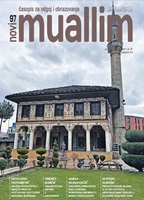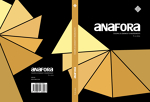Author(s): Tihomir Živić,Jadranka Zlomislić / Language(s): Croatian
Issue: 2/2023
The paper contains a literary‐scholastic and culturological analysis of select exemplars from a copious Jewish‐American and American‐Jewish literary production since the 1950s with the aim of detection of their linguistic, thematic‐motific, and ethnocultural identity characteristics. The point at issue is an abundant corpus of the most significant Jewish‐American and American‐Jewish authors: Mary Antin, The Promised Land and They Who Knock at Our Gates; Abraham Cahan, Yekl, “The Imported Bridegroom,” History of the United States, Pages from My Life, and The Rise of David Levinsky; Burt Hirschfeld, Dreamers and Dealers; Alfred Kazin, Starting Out in the Thirties; Meyer Levin, In Search; Philip Roth, The Facts; Isaac Bashevis Singer, When Shlemiel Went to Warsaw and Other Stories and The Fools of Chelm and Their History; Lionel Trilling, Sincerity and Authenticity and The Journey Abandoned; Anzia Yezierska, Hungry Hearts, Salome of the Tenements, Children of Loneliness, Bread Givers, and Red Ribbon on a White Horse; and Louis Zara, Blessed Is the Land. Within a framework of the majority WASP literature of the United States, the objective of this research is to provide, by literature examination, an original insight into the phenomenon of minority Jewish literature in Yiddish and in English and to consider the contacts between the Jewish‐American, American‐Jewish literature, and other minority literatures of the United States in the context of global multiculturalism. In view of different historical periods, a diachronic method is applied for the purpose of studying the interactions between a dominant domestic and an immigrant (i.e., an East European Ashkenazic) culture, especially its art of words, thus complementing the picture of complex relationships between the literary‐authorial, cultural, and ethnic identities. The results of the study suggest an exceptional contribution of the authors originating from the Jewish people not only to the literature of the United States but also to the modern‐day notion of the United States in general.
More...
